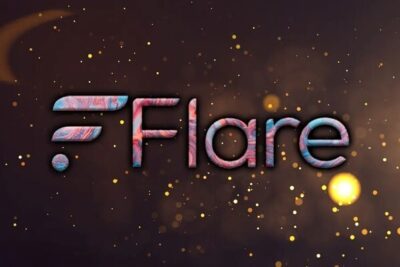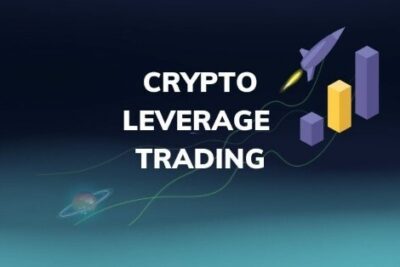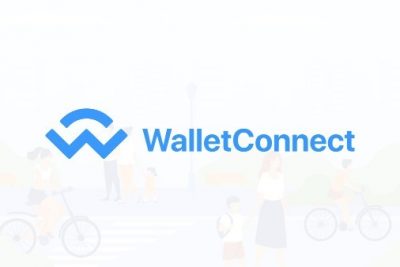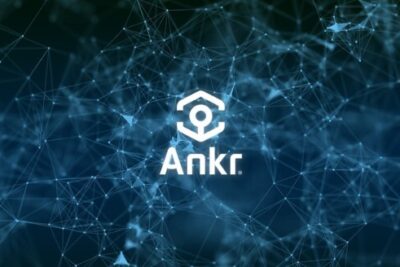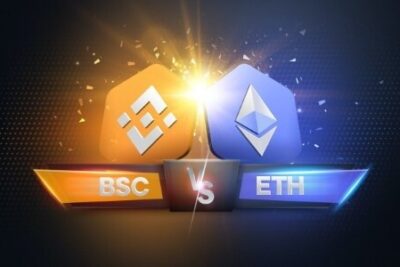

What Is Flare Network? A Story About Bring DeFi To Top-Tier Crypto
23 June 2022
In the cryptocurrency market, decentralized finance is considered the next big thing. However, a number of top-tier cryptocurrencies cannot participate in DeFi and provide value to its holders. This may soon change since Flare Finance will shortly debut a product on Flare Network. Using the Flare Network.
As you may be aware, Ripple’s XRP Ledger (XRPL) is a worldwide network for payments and currency exchange. While it has been tuned for this use case, its value for other sorts of functionality is restricted.
The Flare Network intends to address this issue by offering smart contract functionality for the XRP cryptocurrency. Spark is the native coin of this network, and qualifying XRP holders get airdropped a part of its supply.
In bePAY this post, you will find out all the most basic information about what is Flare Network? What Spark token (FLR) is as well as further facts about its use case and its mission to bring DeFi to unaccessible top-tier cryptocurrency companies.
What Is Flare Network?
Flare Network is a very scalable, distributed blockchain network that uses the Federated Byzantine Agreement-based (FBA) Avalanche consensus process.
Flare, unlike the XRP Ledger (XRPL), natively enables smart contracts and includes the Ethereum Virtual Machine (EVM). Importantly, Flare has the capacity to build bidirectional bridges between multiple blockchain networks in order to enable trustless interoperability. Simply said, this indicates that it may interact with other chains to increase the functionality of their networks and native currencies by incorporating smart contracts, for instance.
Flare may serve as a bridge between the XRP Ledger and smart contract platforms like Ethereum. Consequently, dApps, DeFi solutions, and NFTs will be able to use XRP’s smart contract features.
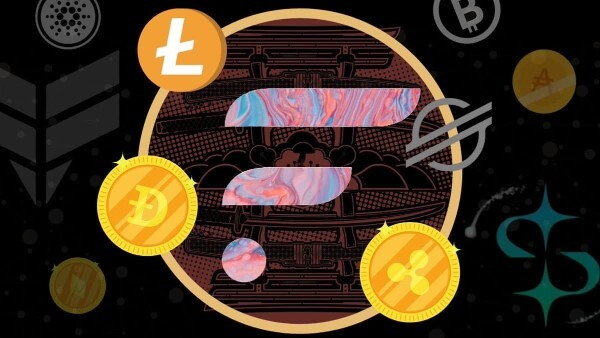
What is Flare Network?
What Is Spark Token?
Spark (FLR) is the native utility token of Flare that will be used to collateralize F-assets and offer liquidity for the smart contract network.
Tokens are wrapped around F-assets. You may think of them as representations of digital assets that reside on other networks but have been “wrapped” to operate inside Flare. Upon the debut of Flare, the particular F-assets will be XRP, Litecoin, and Elon Musk’s favorite, Dogecoin.
Moreover, the Spark may be utilized for the following features:
- As for security inside decentralized apps (dApps).
- For offering data to an on-chain oracle.
- To engage in protocol governance.
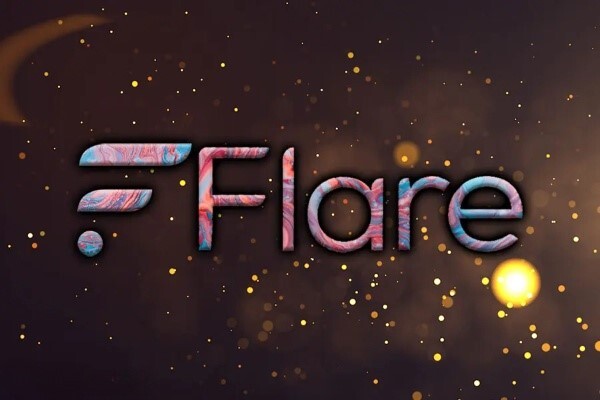
What are Spark tokens?
How Does The Flare Network Work?
According to the project’s designers, Flare tries to address two major difficulties.
First, 75% of the value existing in blockchain networks cannot be used trustlessly through smart contracts at now. Second, the project contends that smart contract systems based on the Proof-of-Stake (PoS) consensus mechanism or its derivatives (e.g., DPoS) would likely encounter substantial security-related challenges in the future.
According to the Flare team, the security of PoS-based networks is derived from their native tokens. In this case, validators secure tokens in their wallets in return for staking incentives in order to validate transactions and blocks. While this ensures the network’s security, it does not provide any secure use cases for the platform’s native token.
Suppose, for instance, that lending ETH through a DeFi protocol gives a 30% annual percentage return (APY), but staking the same token only offers a 5% APY. In this situation, the majority of consumers will choose the first option, since it yields far higher rewards.
A situation like the one described above removes a significant number of native tokens from staking, decreasing the network’s resistance to external assaults. Therefore, the native tokens of cryptocurrency projects based on the PoS algorithm must sustain a price rise commensurate with the value growth of blockchain-based apps (e.g., DeFi protocols). In other words, the total value locked (TVL) in staking the native token must be equal to or greater than the TVL in PoS-based blockchain protocols.
According to the authors of Flare, although this offers a favorable environment for investors (since they may earn higher gains from the cryptocurrency’s long-term value increase), it is not optimal for network members who use the token for day-to-day transactions.
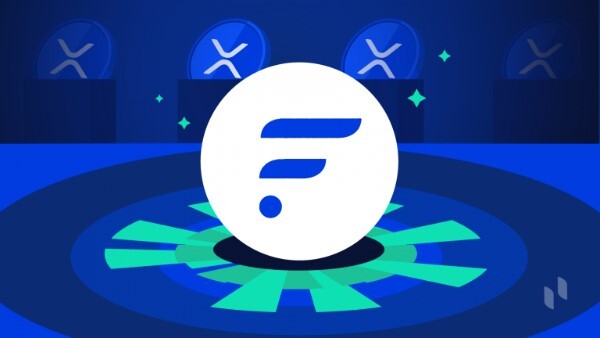
Flare Network working system
As cash is diverted from other uses to safeguard the network, it will considerably raise the cost of doing business, according to the project team.
Using the FBA-based Avalanche consensus algorithm and severing the relationship between the value of its native Spark (FLR) token and the ecosystem’s security, Flare Network aims to address the aforementioned two concerns with PoS-based chains. Although the blockchain system still requires Spark to function, the digital currency is mostly used (from a security standpoint) to discourage users from submitting spam transactions.
Since Spark is not used to provide validators with economic incentives, Flare Network is able to allow the trustless use of smart contracts with cryptocurrencies that would not otherwise support them.
Flare Network Airdrop
Flare chose to execute a first-of-its-kind “utility fork” that adds value to the original chain as opposed to diverting it. Rather than developing an antagonistic relationship with its parent chain, as most folks do, Flare’s utility fork enables XRPL to perform what it does best, even better.
The number of free Spark (FLR) that Flare Networks will distribute to XRP holders who stored assets in cryptocurrency exchanges or wallets that participated in the Flare Network airdrop earlier this month has been decided.
Flare said in a blog post that it would distribute 45,827,728,412 FLR to holders of XRP in qualified wallets and exchanges on December 11, when the firm took a snapshot of the XRP blockchain.
Hugo Philion, CEO and co-founder of Flare Networks, said in a blog post that the ratio between XRP and FLR holders is about 1:1. For each XRP owned by a qualifying participant, Flare will provide them with 1.0073 Spark tokens.

Flare Network airdrop event
All for nothing. This is a Flare Network airdrop—a promotional gift sent to as many individuals as possible in an effort to increase the coin’s visibility. Anyone holding money on participating exchanges, including Coinbase, Binance, and Kraken, or in participating wallets, such as Ballet and Ledger, will automatically get the token. Some holders of wallets are required to claim the tokens from Flare Networks.
There is no assurance that the tokens will have any value. The 45 billion tokens will account for 45% of the company’s entire FLR supply.
Flare Networks is a blockchain business that is developing a framework to facilitate interactions between blockchains and XRP, the third-largest cryptocurrency introduced in 2018 by the San Francisco-based crypto firm Ripple.
What Is The FXRP Token?
FXRP is a trustless version of the XRP coin on the Flare Network. It may be generated and redeemed by XRP holders using smart contracts.
The system also depends on participants who put up FLR Tokens as collateral and receive fees during the generation and redemption of FXRP. This, together with the possible arbitrage possibilities, should guarantee that the 1:1 peg between XRP and FXRP is maintained.
Remember when we spoke about how Flare allows smart contract functionality on networks that don’t natively support it? That’s precisely what’s going on with FXRP. It enables XRP to be utilized with smart contracts and without the requirement for a central entity to issue wrapped tokens. In other words, in a trustless way.

Information about FXRP tokens
>> Learn more about wrapped tokens in our post.
Team Behind Flare Network
Hugo Philion is the CEO and co-founder of the Flare Network. Before establishing Flare, he founded Future Generations, a modular construction system. His expertise is in investing, and he graduated from Cass Business School with a Bachelor of Science in Investment and Financial Risk Management.
UCL later awarded him a Master of Science in Machine Learning. He also obtained expertise as a portfolio manager for commodities derivatives at two $1 billion-plus funds.
Sean Rowan is the other co-founder of Flare and its CTO. Since 2015, when he built secure vehicular communications protocols using a blockchain-based public key infrastructure alongside UCLA and TCD partners, Sean has been active in the blockchain field. Prior to that, he graduated from Trinity College Dublin with a BA in Mathematics and a BE in Electronic and Computer Engineering.
Later, he earned a Master of Science in Machine Learning from University College London, where he likely met Hugo Philion. Sean was also a Research and Development Engineer at RAIL in Dublin, Ireland, where he created backend networking software for a healthcare-assistive robot. In November of 2019, the newest version of this robot by RAIL is featured on the cover of TIME magazine.

Meet the team behind Flare
FAQs About Flare Network
What Is Songbird’s Network Like?
The Flare Network has published Songbird, their “Canary” network.
The Songbird network has its own token, Songbird (SGB), which was airdropped to FLR distribution participants. At its snapshot, 0.1511 SGB was assigned for every 1 XRP in circulation.
Regardless of whether Exodus supports the Songbird token, if you registered your XRP address for the Spark airdrop, you will have access to the SGB airdrop at your Flare address through your Flare Spark private keys, regardless of whether Exodus supports the Songbird token.
Is The Flares Network Decentralised?
The Flare Network is a new decentralized network that provides the XRP ecosystem with complete smart contract functionality.
What Are Products Of Flare Network?
The value of XRP, LTC, DOGE, and FLR will be unlocked by Flare Finance’s implementation of DeFi. From now on, users will be able to stake or offer liquidity in order to passively earn cryptocurrency. DeFi is projected to develop dramatically, and it would be disastrous if the leading cryptocurrencies were excluded. Flare Finance is paving the way for other cryptocurrencies to join DeFi.

Flare network usage
Certik Foundation will do an audit of Flare Finance’s products. These audits might increase user confidence in the platform and its offerings. In addition, Flare Finance has previously undertaken a Private Beta and will soon launch a Public Beta. Users have the opportunity to compete and win Samurai NFT.
Closing Thoughts
Flare Network is a novel scalability solution for networks that do not enable smart contracts. Flare enables the trustless usage of XRP with smart contracts. A part of the Spark supply is airdropped to XRP holders. Following the debut of Spark, the price of XRP fell by around 9% in less than a day, despite Flare’s clear network advantage. In only three days after its debut, the number of active XRP addresses increased significantly.
With 51 000 additional XRPL addresses, Flare’s unreleased blockchain network is promising. As XRP grows to dominate business payments and remittances, Flare might become the Ethereum of a thriving XRP economy.
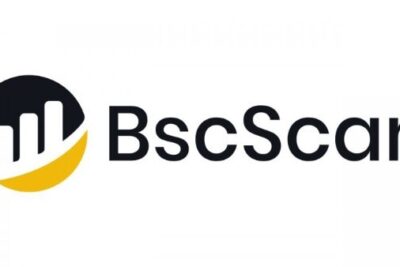
What Is BSCScan? Ultimate Guides For Newbies
29 March 2022
Exploring How To Create A Metamask Wallet And Its Usages
10 March 2022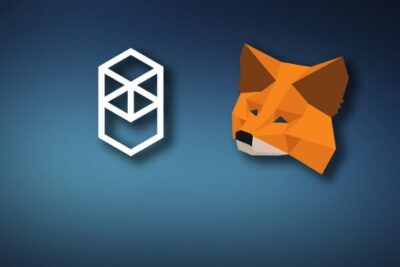
Step By Step Guide Of How To Add Fantom To MetaMask
15 July 2022